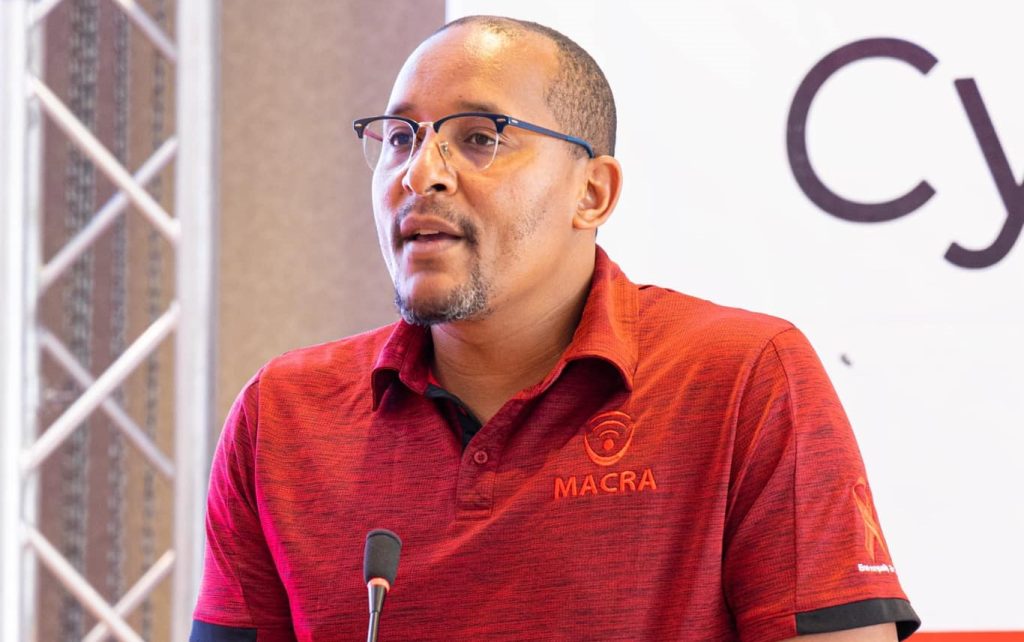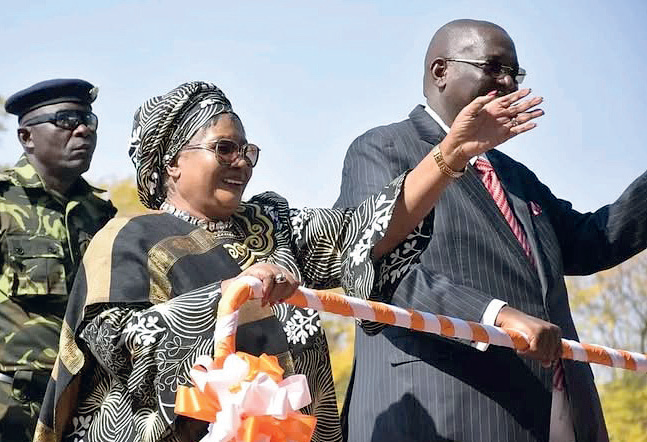Unpacking Mvera Innovation City Project
The Malawi Communications Regulatory Authority (Macra) is a leading agency in the implementation of the proposed Mvera Innovation City Project. Once completed Mvera is expected to be home to technology and innovation. This is estimated to cost government K350 billion. Our reporter SUZGO CHITETE engaged Macra director general DAUD SULEMANI to get more insights on this plan.

What is the primary vision behind the establishment of this ‘city’?
As a regulator, we believe that we must create a deliberate space that encompasses everything digital and technology that would help fast-tracking the creation of the Malawi Digital Economy eco-system. This eco-system is key to create a stable foundation for the digital transformation agenda of the President, as witnessed with him naming our line ministry ‘Information and Digitisation’.
Could you elaborate on the key features and technologies that will be implemented there?
The Mvera Innovation City will be a brand new place that will host all key technology players that are facing public service delivery as well as a space for innovation and other private stakeholders in the digital ecosystem for Malawi. It will be the Malawi ‘Silicon Valley’, everything technology and digital in one space.
And, why Mvera?
Of all places, Mvera fits well because it is centrally-located between the major airport in Malawi and Lake Malawi. Mvera is closer to Liwonde where major intersection of transport systems converge, which also carries the major fibre interchange. Mvera is closer to Chipoka, which government has already allocated as a secondary city. Developing Mvera has a direct impact on fast-tracking Chipoka secondary city. Mvera sits on the Salima-Lilongwe water pipeline and presents itself as one of the anchor customers to the water pipe. Mvera sits closer to alternative energy sources, the two JCM solar power farms are closer.
How do you anticipate the ‘city’ to contribute to economic growth and job-creation in Malawi?
The major anchor clients for the Mvera Innovation City are Macra and National Commission for Science and Technology head offices as well as offices for Universal Service Fund, Malawi Computer Emergency Response Team, Muuni Fund, MDF Computer Emergency Response Team, Malawi Space Agency, Data Protection Authority and Ministry of Information and Digitisation. Each of these offices will require staff residential housing units. We are estimating 600 housing units. This gives us about 20 000-populated city in Mvera. These people will need to eat, and farmers will benefit. The construction will require workers, the locals will gain. The services shall require hands and feet to keep the city afloat, locals shall benefit.
How much is the investment for this project and what is the source of funding?
The estimated cost is around $200 million. There are multiple options being explored, largely looking at property developers as well as local pension funds. We will also rely heavily on the diaspora; the project presents a perfect securely investment vehicle for the diaspora to channel their funds back home into real estate that has already a captured clientele. The innovation city will run from smart and green technologies from day one; which means that the type of buildings and materials would have to be of high grade and embrace the greener technologies to create a more environmentally-sustainable city, which adds value to people’s lives and is climate-change-friendly
What challenges have been there in the planning and development of the Mvera Innovation City, and how have they been addressed?
The project has faced a few challenges but, all in all, we have passed the correct processes and protocols and we are glad to be where we are.




